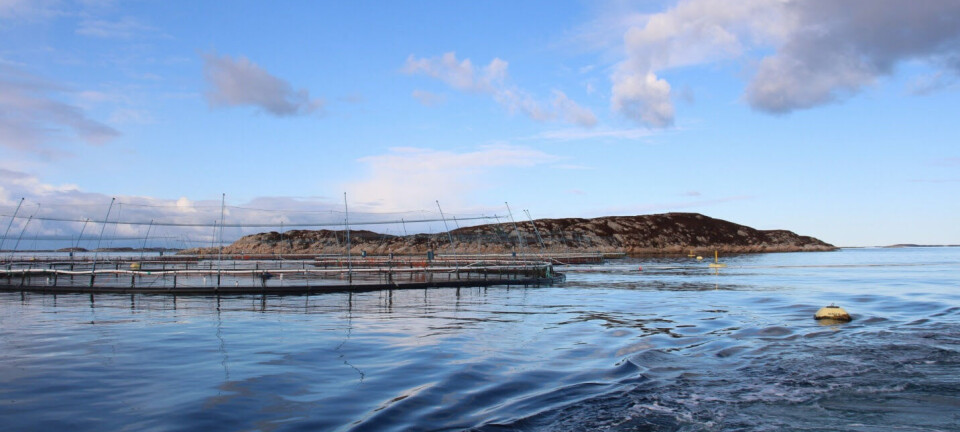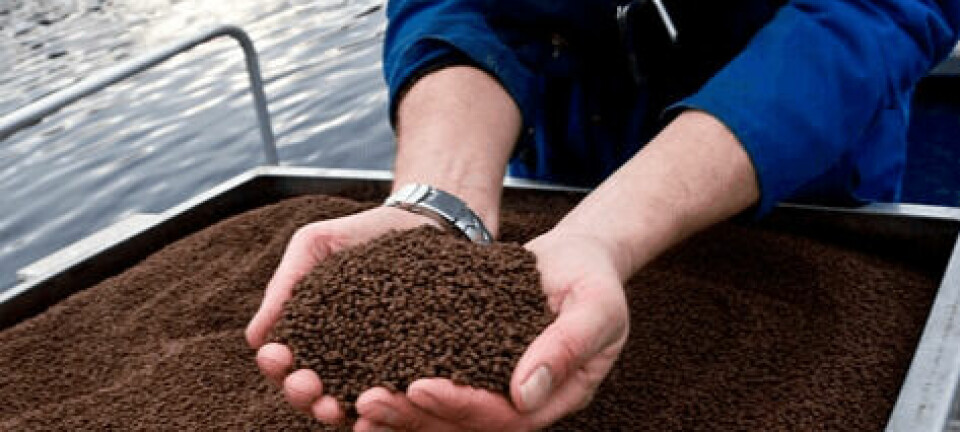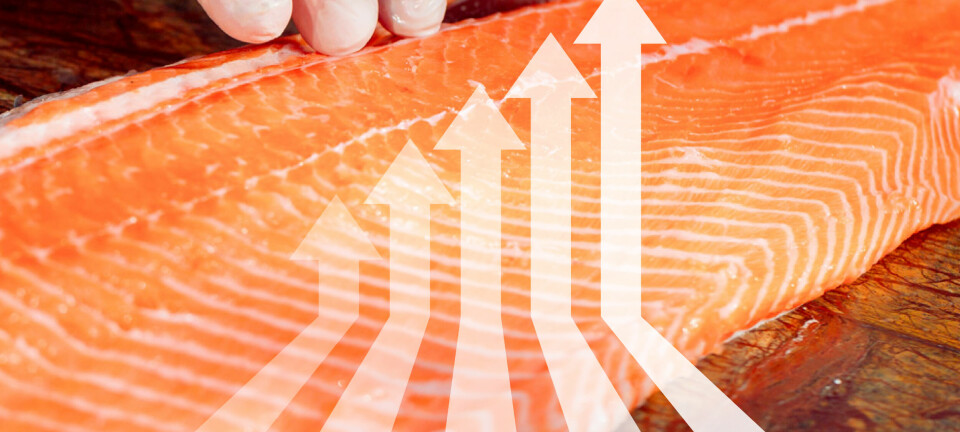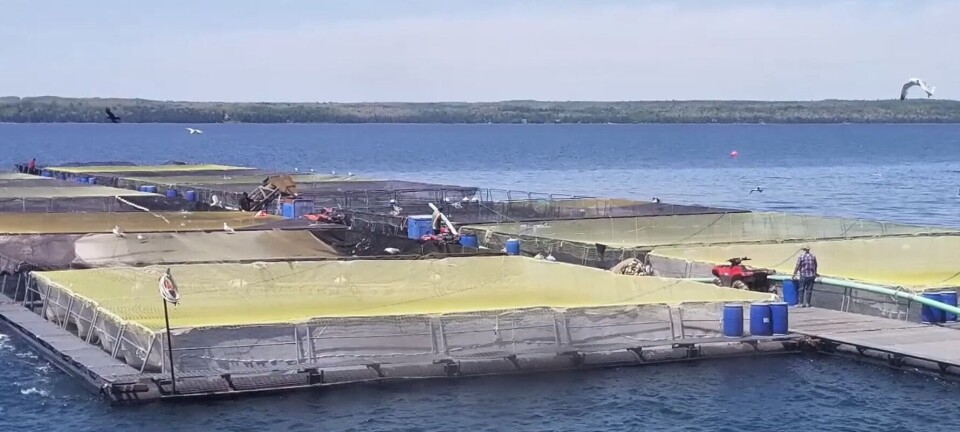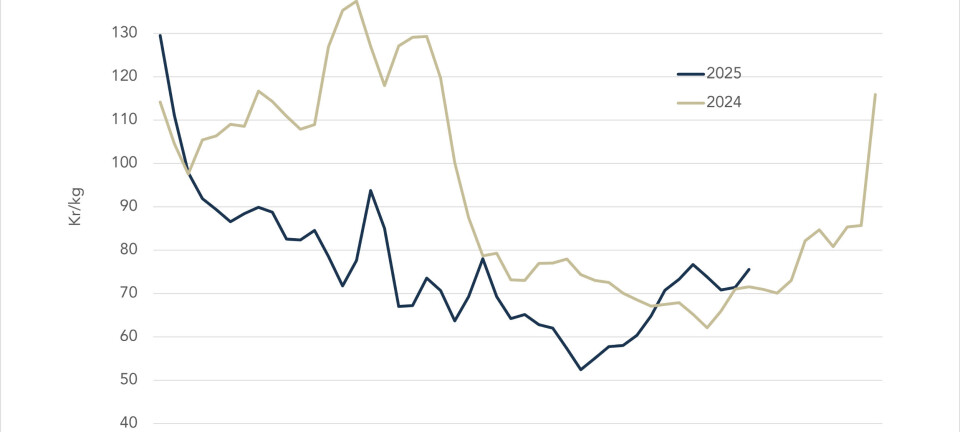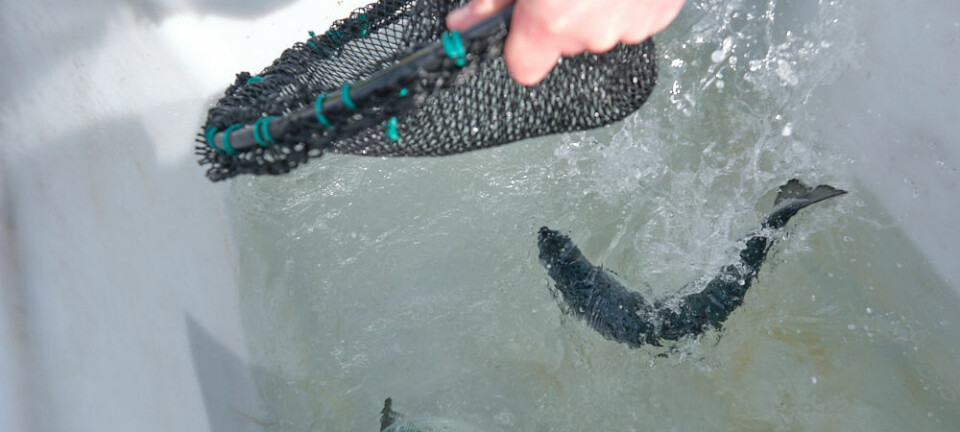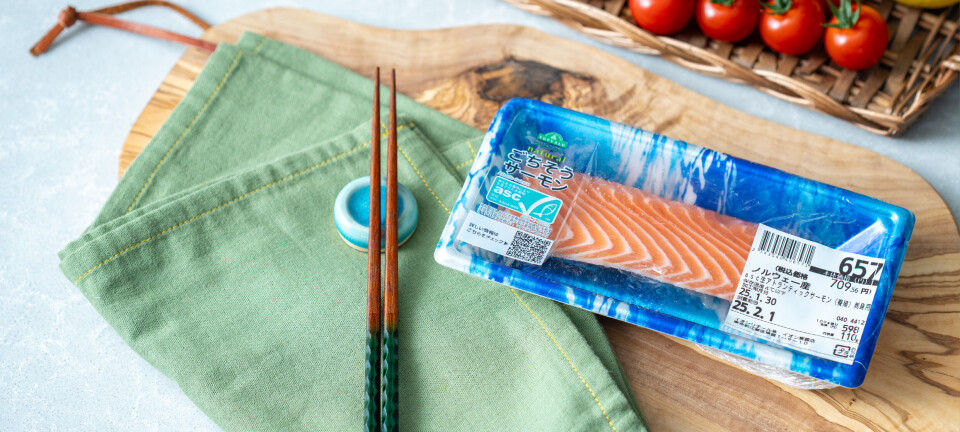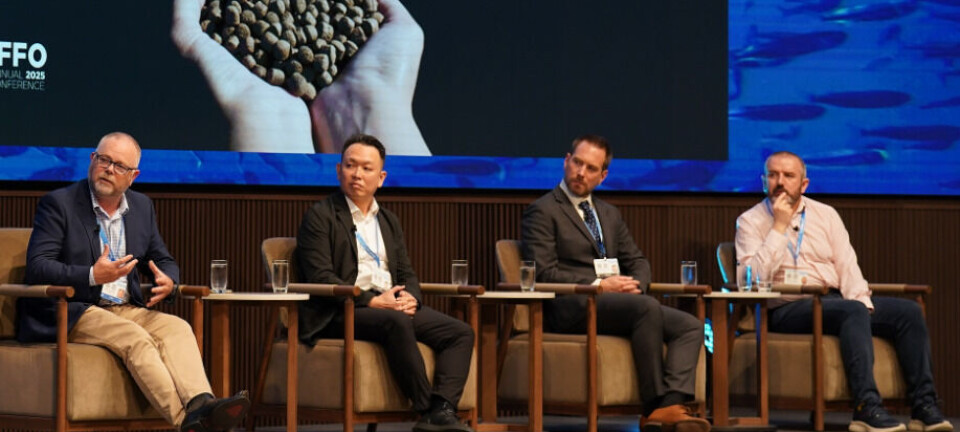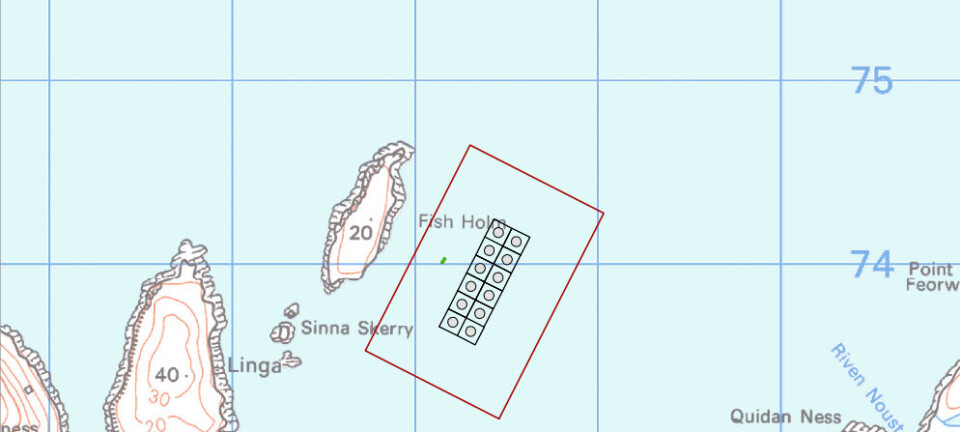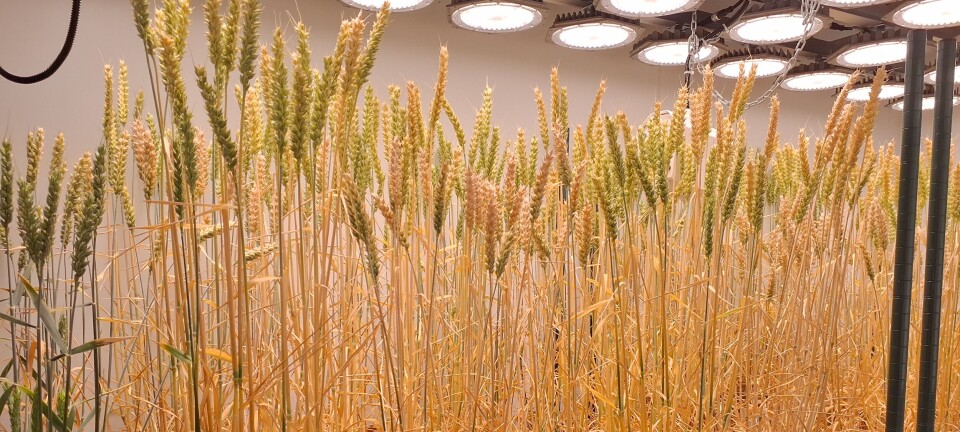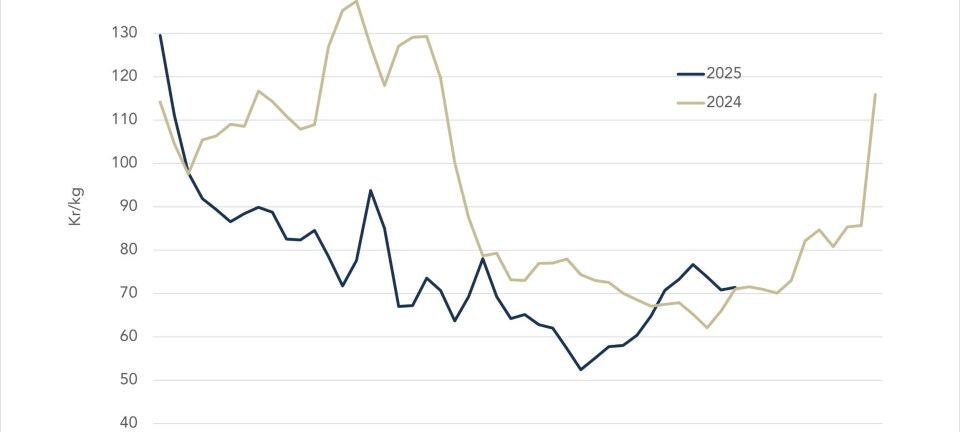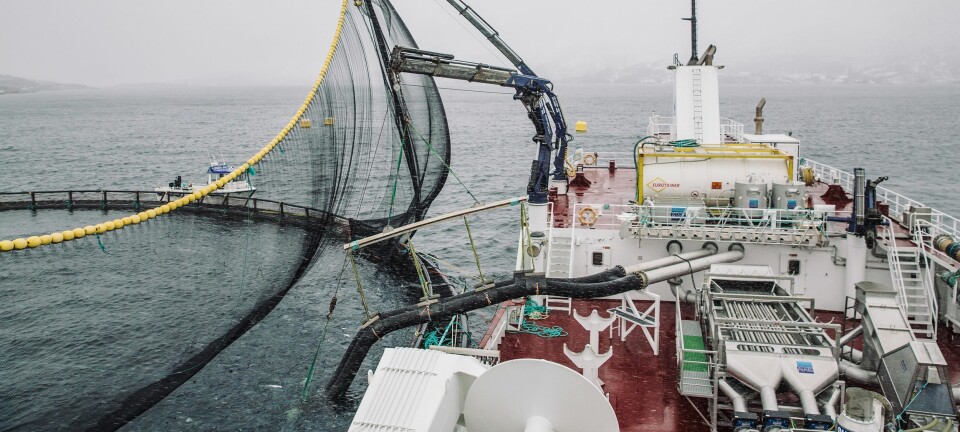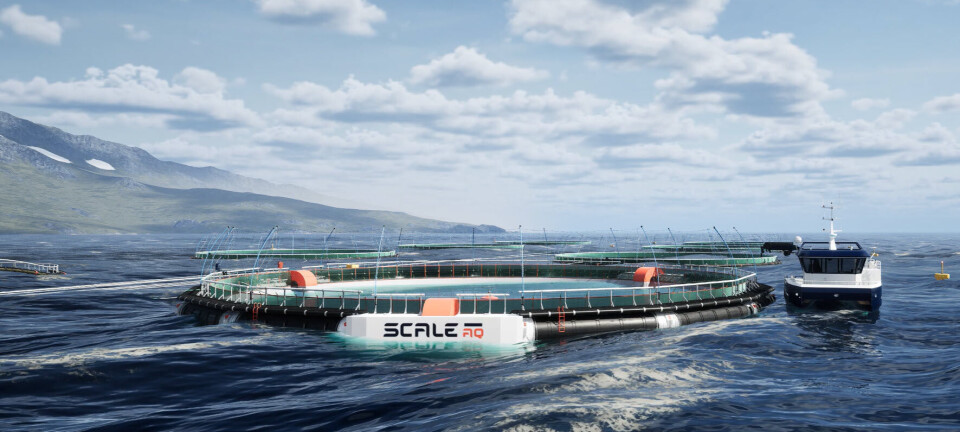
Large increase in salmon supply 'is a correction, not a trend'
Mowi CEO expects annual global growth to settle back to 2-3% because of regulatory constraints
The substantial growth in the global supply of farmed salmon in the first quarter of this year should be seen as a one-off correction following three years of challenging biology, fish farming giant Mowi says.
Supply in Q1 increased by 13% in Europe and 8% globally but is not a long-term trend, according to the Norwegian company.
Mowi – the world’s biggest salmon farmer - expects supply growth to be 6% in 2025, before returning to trend growth of around 2-3% thereafter because of regulatory constraints.
On Monday, market analytics firm Kontali said warmer sea temperatures in Norway had boosted feed consumption and growth rates in April, contributing to higher harvest weights and stronger export figures. And figures in Mowi’s Q1 2025 published today show that April’s good biological results were a continuation of prior months.
Mowi 12% up year-on-year
The company harvested 108,000 tonnes in the quarter, representing growth of 12% compared to the same period last year.
Mowi is maintaining its harvest volume guidance for 2025 of 530,000 tonnes, equivalent to annual growth of 6%. This is supported by seasonally record-high biomass in sea with 11% growth year-on-year. Taking into consideration the recent agreement to increase its ownership of Nova Sea from 49% to 95%, Mowi expects to harvest 600,000 tonnes next year.
“So far, 2025 has been a very good year operationally and biologically which has resulted in high harvest volumes combined with seasonally record-high biomass in sea,” Mowi chief executive Ivan Vindheim said in a press release.
“Seawater production went very well in the first quarter, with improved growth, survival rates, feed conversion ratio and superior share.”
Demand is good
Mowi Consumer Products, the group’s value-added business, had another strong quarter on good operational performance and high volumes.
“Demand for salmon was good in the quarter and downstream earnings improved in Europe, Americas and Asia. At the same time, however, high supply growth put pressure on market prices,” Vindheim said.



